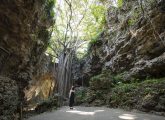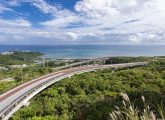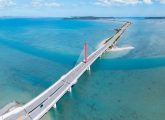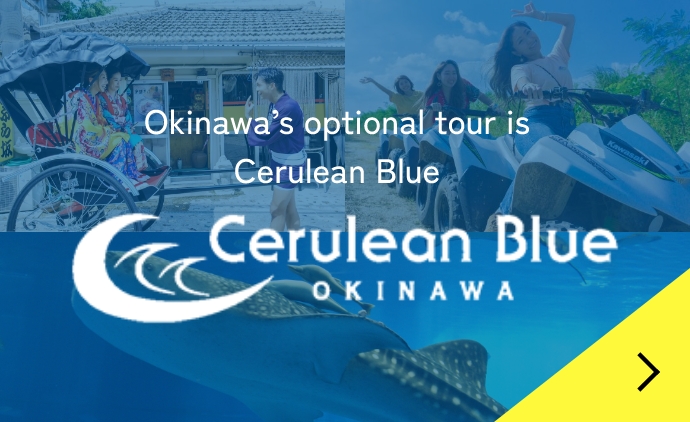tourism 2023.12.03
Sefa Utaki, the highest sacred place

Writer
Hiboko
Now that my children have flown the nest, my husband and I are planning to live in various countries and live like the wind...but first, I want to study English!
The most important and sacred place among the Utaki during the Ryukyu Kingdom era
Sefa Utaki is located in Chinen, Nanjo City, in the southern part of the main island of Okinawa Prefecture.
Sefa means “holy place of great spiritual power” and “the highest place”, and utaki means is a general term for “sacred places” that are widely distributed in the Nansei Islands. Together, they mean “the highest sacred place.”
As a ritual site, the inauguration ceremony of the country’s highest priesthood, “Kikoe Okimi”, is held by a female member of the royal family.
Ceremonies such as “Oaraori” and fortune-telling of the country were held. In addition, it is still worshiped by many people today as a place of worship for the “Agariumai”, which tells the story of the pilgrimage to the sacred places of the Ryukyu king and Prince Kitoroku.
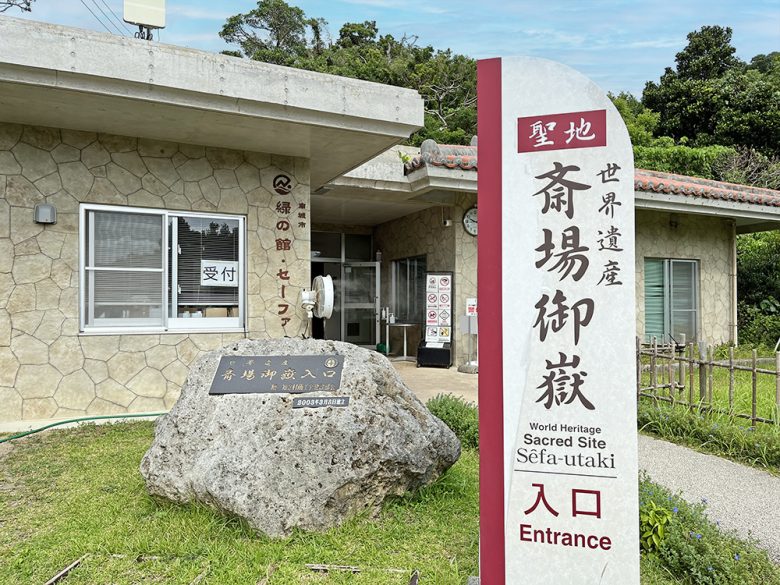
A sacred place of worship overlooking Kudaka Island in the distance
The place where you can follow the regular route and climb the stairs is Kudakajima Yohaisho.Kudaka Island is believed to have been the first island created by Amamikiyo, the founder of the Ryukyu Kingdom, when he descended from heaven.Since it is located to the east of this sacred place, it is exactly in the direction of the sunrise, and is the subject of religious rituals.
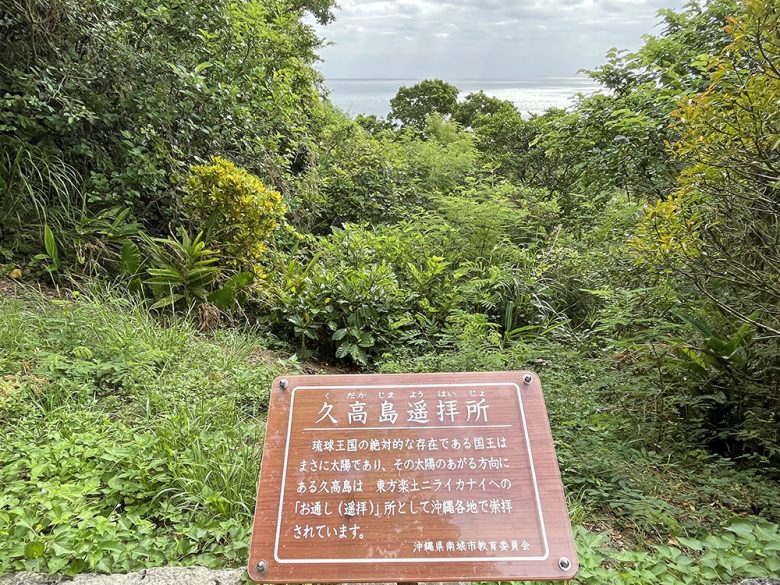
To the depths of Sefa Utaki
The entrance to Sefa Utaki is the Mimonguchi, and since Sefa Utaki was a royal utaki, only the goddesses were allowed to enter. It is said that men worshiped at the Utaki from this gate. As you proceed from the gate, you will find a cobblestone road typical of the Ryukyu Kingdom.The stones have worn down in places and become slippery, so you need to proceed carefully. As the trees gradually grow thicker, the atmosphere changes completely around here. In the silence, we walk along a path where the rustling of leaves sounds like the sound of waves when the wind blows.
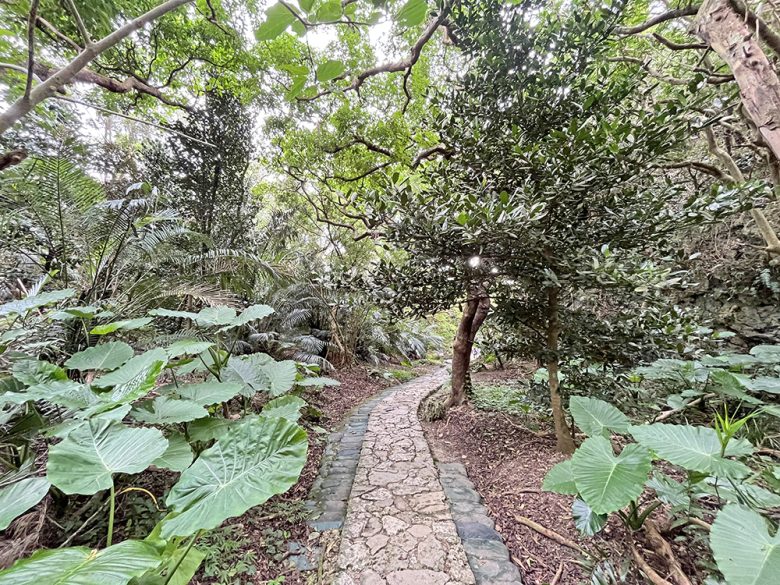
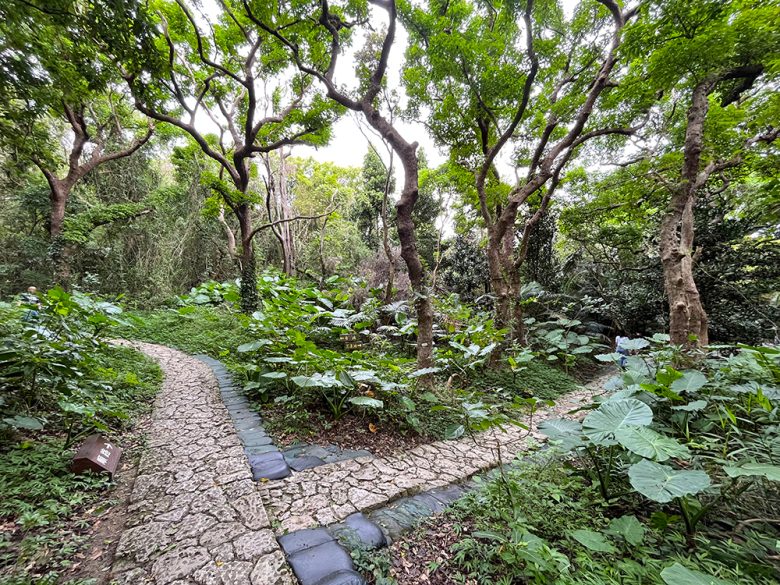
As you go up the entrance to the shrine, you will see the first place of worship, Ufugui, on your left.
Yunichi
The second place of worship, “Yuinchi”, means “kitchen” in the royal terminology. It was not actually used as a kitchen, but is interpreted as a “place of abundance” where trade goods from all over the world were gathered.It serves as a stone platform for offering tribute.
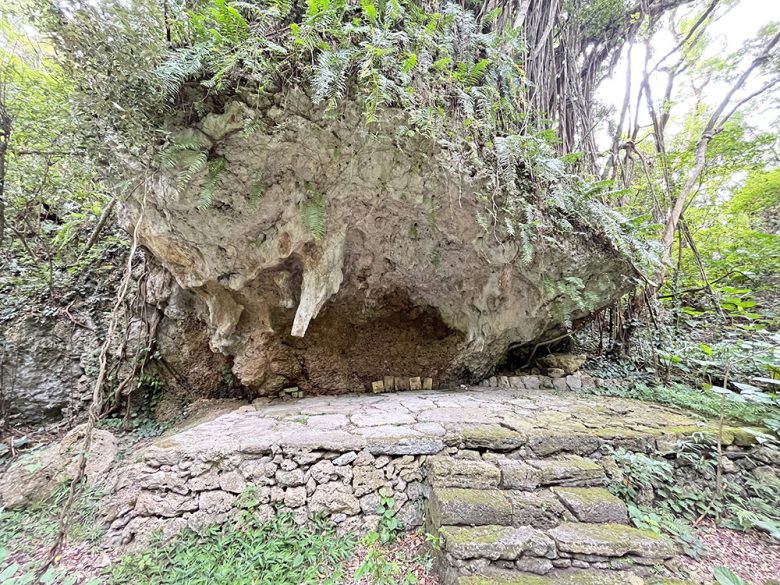
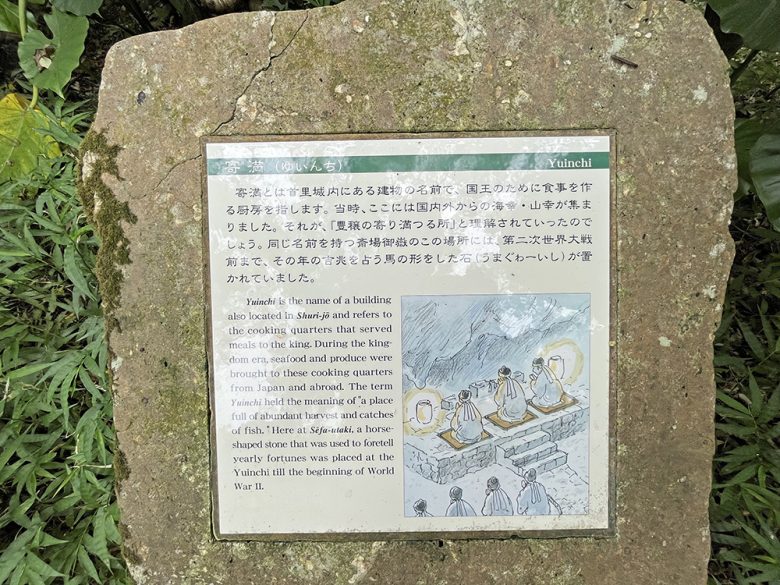
Two pots that hold holy water
The third and fourth places of worship. With Sankuri in front, on the right hand side, two pots are placed to catch the “holy water” dripping from two stalactites. The one in the back is the “Shikiyodayuru Amaganubi”, and the one in the foreground is the “Amadayuru Ashikanubee vase”, which is said to have been used to predict the fortunes of the king’s heir and the prince of Kyoto.
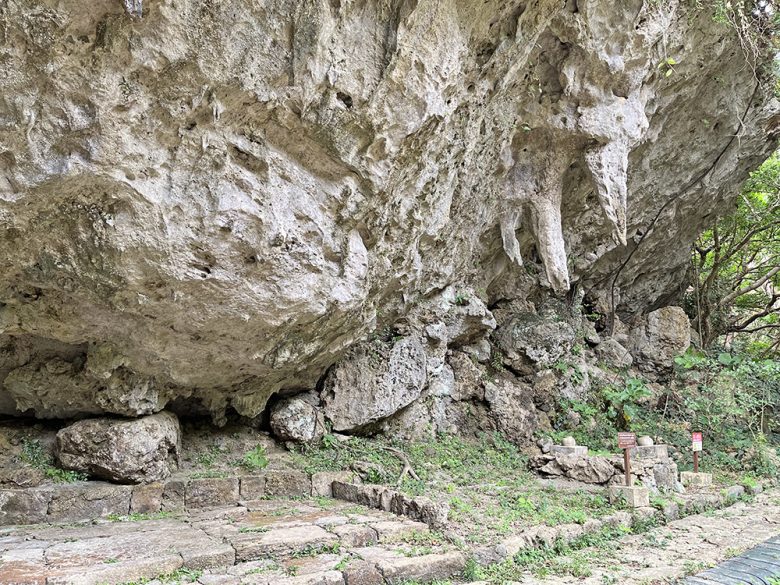
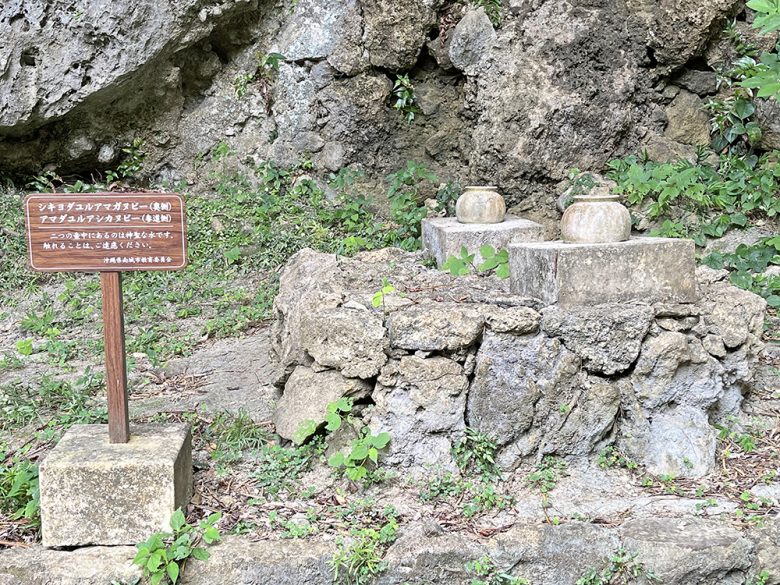
Finally, “Sangui”
The main attraction of Sefa Utaki. The two large rocks support each other on the left and right, forming a triangular space, making it a mysterious, sacred, and solemn place.
This rock is said to have been formed by a large Ryukyu limestone rock split by rain, and the rock mass tilted at the cracks.
Although it is currently not possible to enter, the fifth place of worship, Sankuri, is located at the end of the shrine.
On the rock to the right is the sixth place of worship, Chonohana. Each has a censer for prayer.
When Sefa-Utaki was registered as a World Heritage Site in 2000, the stone pavement was re-paved, and many pacifying objects, including three gold magatama beads, were unearthed from this site.
Sankuri is a restricted area for the purpose of preserving the sanctuary and proper maintenance and management.
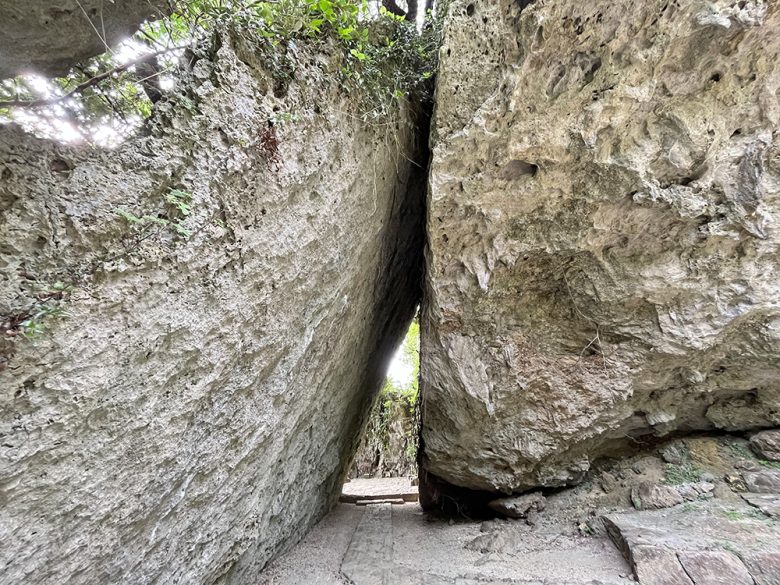
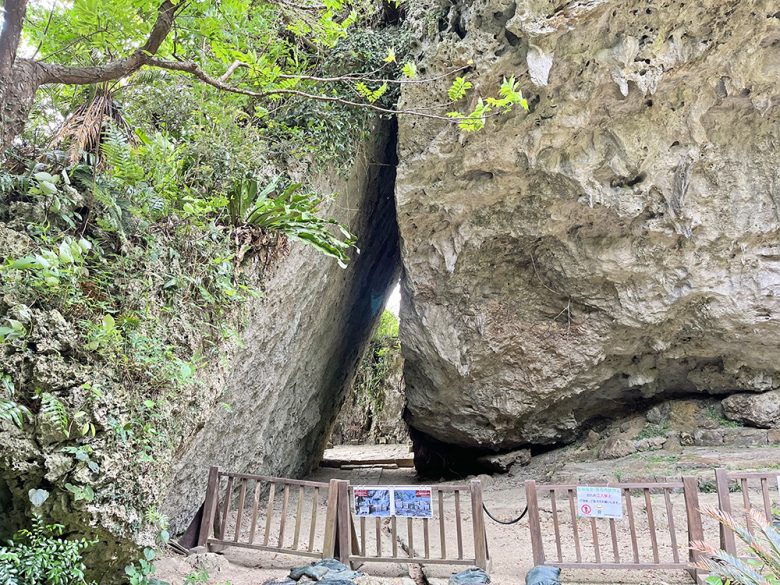
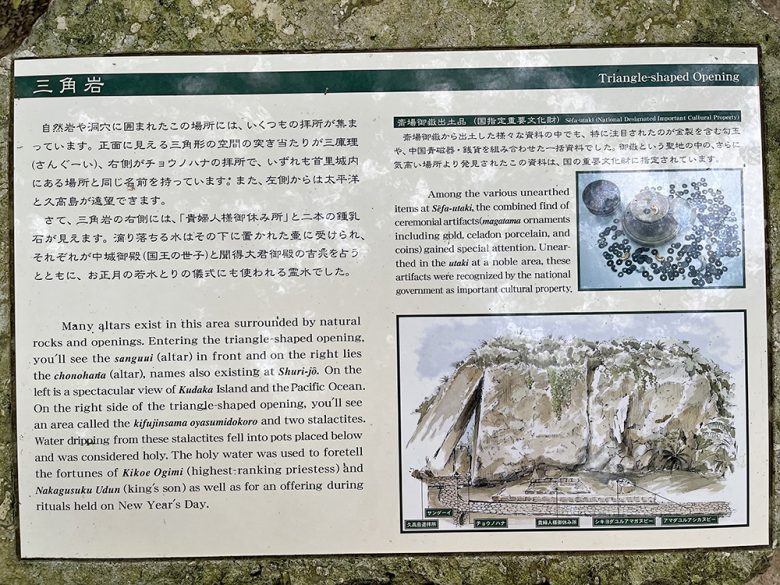
Protecting Seifa Utaki, a world cultural heritage site
Since it was registered as a UNESCO World Heritage Site in 2000 as one of the “Gusuku and related heritage sites of the Ryukyu Kingdom,” the number of visitors has increased and now many people visit. Along with this, problems such as poor manners and worn-out cobblestones have arisen.
When visiting Sefa Utaki, please remember that it is a sacred place and a place of prayer.
You are not allowed to touch the incense burner or holy water, and you are not allowed to play around or make a fuss.
Please refrain from actions such as blocking people who are praying or taking pictures.
Let’s take a tour and respect the sacred sites that have been carefully protected by the Ryukyu people.

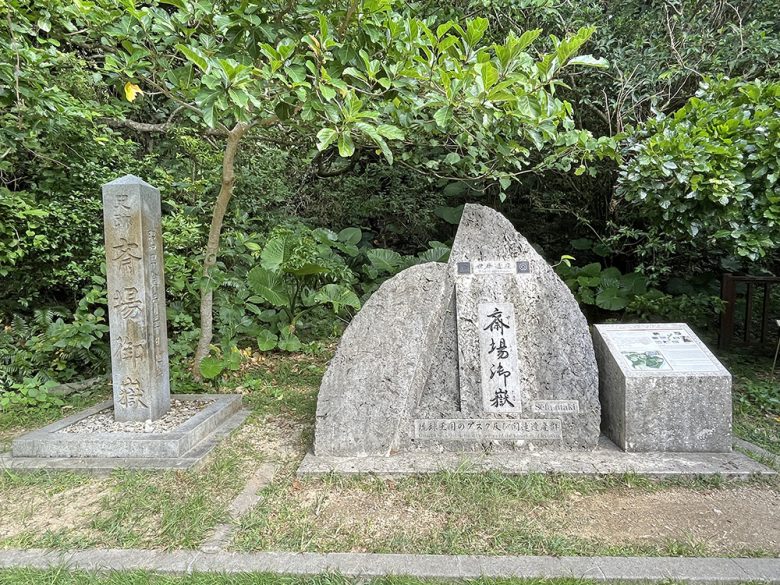
Admission tickets are available at the Nanjo City Regional Products Center.
When visiting Sefa Utaki, you will need to purchase an admission ticket to the Nanjo City Regional Product Center.
If you are visiting by car, please park at the Nanjo City Regional Product Center. It’s about 500 meters to Sefa Utaki entrance, about 8 minutes walk.
Please note that admission tickets are not sold at the Sefa Utaki entrance.
On the first floor of the Nanjo City Regional Products Center, there is a restaurant selling souvenirs, sweets, and other snacks, and on the second floor. We also recommend using it for a break before or after sightseeing, or when you feel hungry.
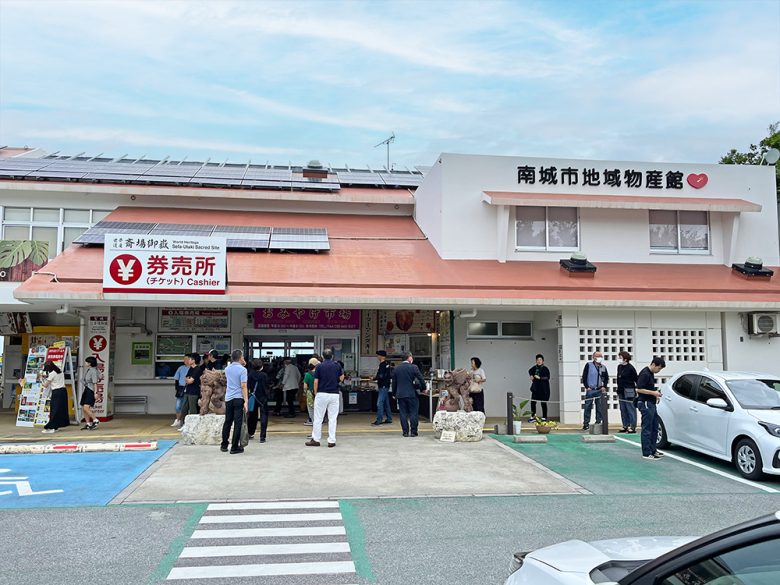
INFORMATION
March to October 9:00 to 18:00 (last ticket sale 17:15/last admission 17:30)
*Please check the official website for rest days.

